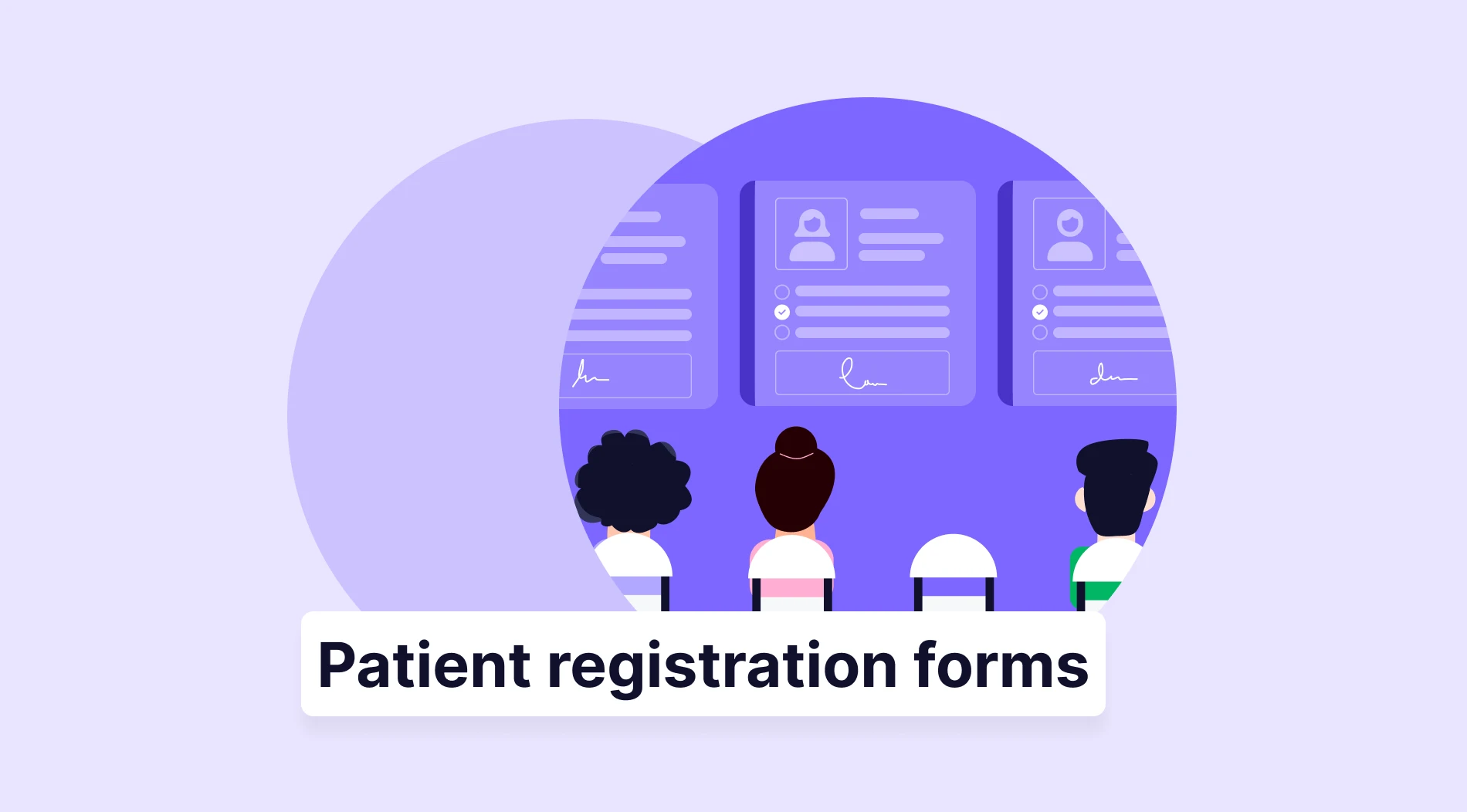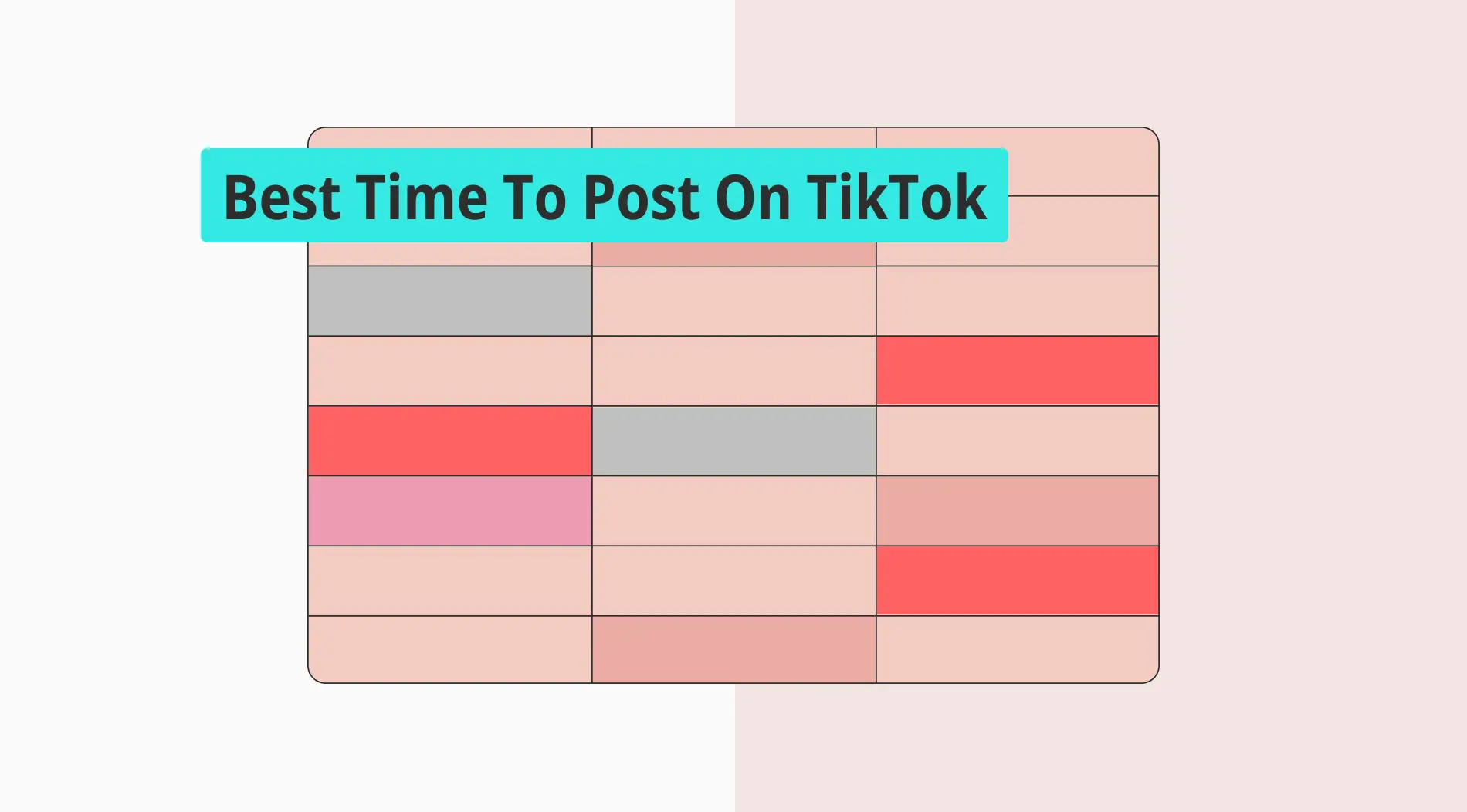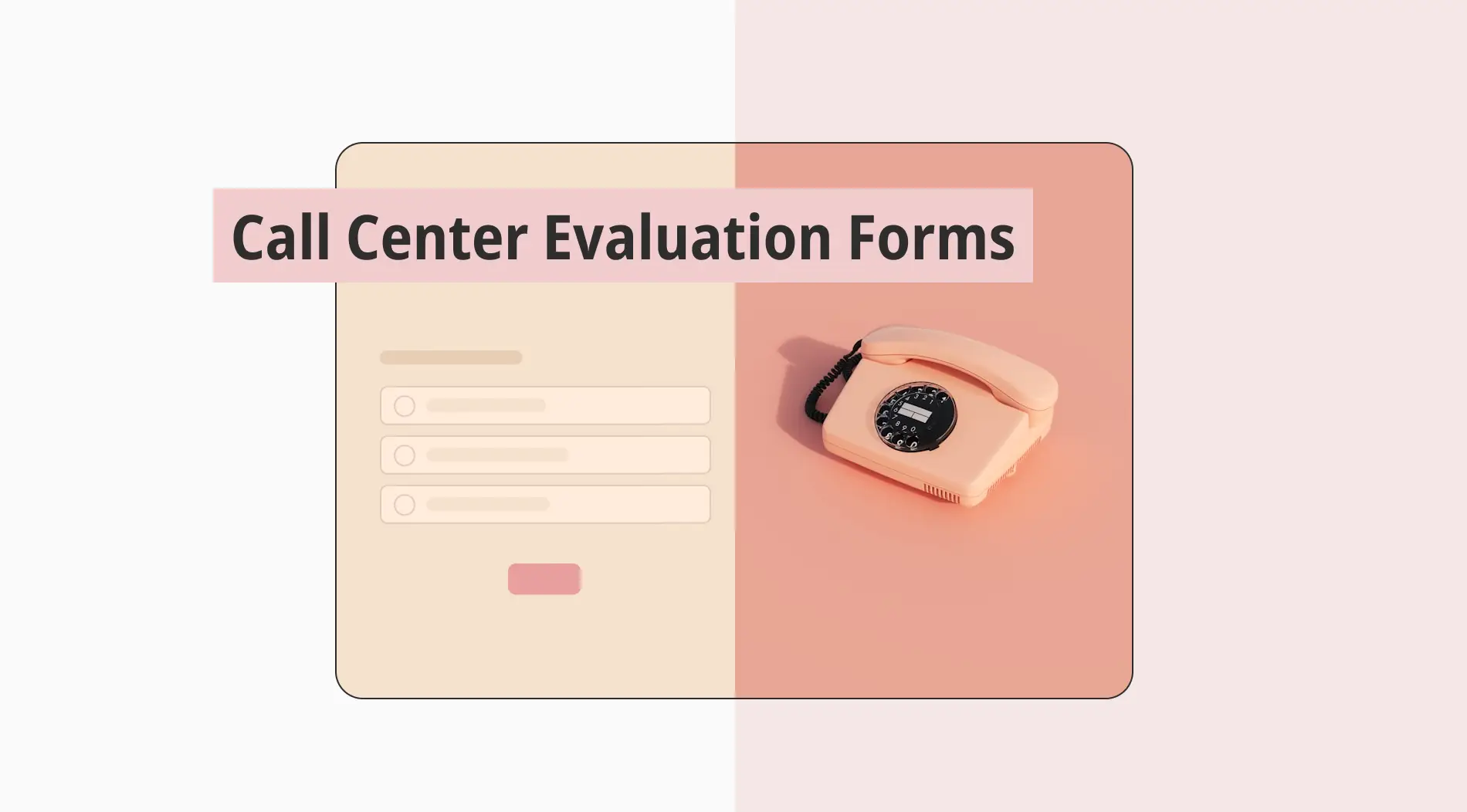In today’s business world, frameworks for customer journeys have become important. If you have ever found yourself navigating the turbulent seas of the online business world, then you definitely need a valuable model to avoid capsizing. Imagine yourself as the captain of your digital ship, steering your business towards success and avoiding challenges.
Today, we will delve into the AARRR model, also known as the Pirate Funnel. It is a framework you can use in your startups or digital marketing to analyze and optimize the various stages of the customer journeys. We will cover it with all its aspects including its advantages and how/when to use it.
First things first: What is the pirate funnel?
The AARRR Pirate Funnel, also known as the Pirate Metrics, is a framework for startups and businesses to help them understand and optimize their customer acquisition process.
Dave McClure developed the model in the mid-2000s. By understanding and optimizing each stage of the AAARRR Pirate Funnell, businesses can identify opportunities for improvement and track their progress.
The acronym AARRR stands for Acquisition, Activation, Retention, Revenue, and Referral. This model provides a structured approach to customer acquisition and retention, helping companies build sustainable and measurable business models. Companies can also increase their overall growth and success with it. The model has 5 key stages; here is a detailed breakdown of each stage:
-1.png)
The pirate funnel (AAARRR)
1- Acquisition
This stage focuses on attracting visitors or users to your website, app or your business platform. The acquisition channels can include organic search, paid advertising, social media, content marketing, referrals and more. The goal is to drive traffic and increase visibility among your target audience.
This stage involves tactics like SEO optimization, PPC campaigns, and growth hacking. Effectively leveraging these channels increases visibility, reaches the target audience, and lays the groundwork for further engagement. The acquisition sets the stage for subsequent funnel stages and is the backbone of customer acquisition and growth strategies.
2- Activation
Activation is a pivotal stage in the AARRR Pirate Metrics. It marks users’ initial engagement by undertaking specific actions such as account creation or free trial initiation. It entails providing smooth onboarding experiences, clear value propositions, and personalized interactions. Optimizing this phase involves refining onboarding processes, ensuring quick value delivery, and tracking relevant metrics like conversion rates.
Crafting a positive first-time user experience fosters continued engagement and sets the stage for further interaction. By focusing on activation metrics, businesses can effectively convert visitors into active users and lay the groundwork for ongoing customer engagement for their products or services and retention throughout the customer journey.
3- Retention
Retention is also a critical stage of the AARRR funnel framework. It focuses on establishing lasting relationships with users to ensure their continued engagement and loyalty. Strategies for retention include personalized communication, rewards programs, and exceptional customer experiences. Segmented lifecycle marketing targets users based on retention metrics, while product updates and enhancements address evolving needs.
Monitoring retention metrics guides businesses to refine strategies. Customer success programs will also proactively support users in achieving their goals. By prioritizing retention efforts, businesses can increase customer lifetime value and cultivate a loyal customer base for sustainable growth and success. It will also enable businesses to achieve long-term profitability and viability.
4- Revenue
The Revenue stage of the AAARRR framework is where businesses focus on monetizing the user base. Strategies for this stage include implementing various monetization models such as purchases, subscriptions, premium offerings, and advertising. Pricing optimization and upselling/cross-selling tactics help maximize revenue per transaction. Smooth payment processing and secure checkout experiences enhance customer satisfaction.
Tracking revenue metrics will enable the businesses to prioritize revenue generation and optimize monetization strategies. This way, businesses will be able to increase profitability, sustain growth and ensure long,term financial viability. Solidifying revenue is a crucial component of the customer acquisition journey. A paying customer is always an improvement for your business.
5- Referral
The Referral stage capitalizes on satisfied customers to drive organic growth through word-of-mouth marketing. Implementing referral programs encourages existing users to refer friends, family, or colleagues to your product or service. It delivers exceptional experiences and builds strong customer relationships. Social sharing and influencer collaborations increase reach and encourage referrals from broader networks.
Tracking and analyzing referral data guide strategy refinement and optimization. By leveraging referrals, businesses tap into their existing customer base to acquire new customers cost-effectively and increase organic growth. The Referral stage is compliant with other funnel stages and leverages advocacy to fuel customer acquisition and expand the user base organically.
When to use the pirate funnel
The Pirate Funnel is a valuable tool for any business (mainly online businesses) looking to understand, analyze, and optimize their customer acquisition process to drive sustainable growth and success. Whether you’re a startup, a growing business, or an established company, this framework can provide actionable insights and guidance for achieving your growth objectives. You can use the Pirate Funnel for:
-2.png)
Right times to use the pirate funnel
- Startup launch: When launching a new startup or product, the Pirate Funnel can help identify the most effective strategies for attracting initial users and converting them into active customers.
- Marketing campaigns: Whether launching a new marketing campaign or evaluating the performance of existing ones, the Pirate Funnel provides a structured approach to analyzing the effectiveness of different acquisition channels.
- Product development: During the product development process, the Pirate Funnel can help prioritize features and enhancements that drive user activation, retention, and revenue generation based on customer feedback.
- Optimization efforts: Businesses can use the AARRR model to identify challenges and optimize conversion rates at each stage of the customer journey, from acquisition to referral, to improve overall performance.
- Scaling operations: As businesses scale and expand their operations, the Pirate Funnel provides a framework for systematically increasing user acquisition, improving retention rates, and maximizing revenue growth while maintaining efficiency.
How to use the pirate funnel to boost business
Using the Pirate Funnel to boost business involves systematically analyzing and optimizing each stage of the customer journey to drive growth and success. Businesses can identify opportunities for improvement, track their progress, and ultimately drive sustainable growth and success. Let’s look at the steps for optimizing each stage:
- Acquisition: Identify and leverage the most effective acquisition channels for your business, such as organic search, paid advertising, social media, or referrals. Experiment with different tactics and channels to attract users.
- Activation: Focus on optimizing the onboarding process to ensure users have a positive first experience with your product or service. Encourage users to take specific actions that indicate initial engagement, such as signing up for a free trial or creating an account.
- Retention: Implement strategies to keep users engaged and coming back to your platform over time. Provide ongoing value, personalized communication, and exceptional customer support to foster loyalty.
- Revenue: Monetize your user base by converting them into paying customers or generating revenue through other means, such as advertising or subscription models. Experiment with pricing strategies, upselling/cross-selling tactics, and revenue optimization methods to maximize revenue generation.
- Referral: Encourage satisfied customers to refer others to your product or service through word-of-mouth marketing and referral programs. Encourage referrals and provide shareable content to drive organic growth and expand your customer base.
While benefiting from the AARRR model, you should regularly monitor key metrics as explained above, experiment with different strategies, and adapt to changing market conditions to stay competitive and continuously improve your performance. Reach out to your potential customers and ensure customer retention.
Advantages of the Pirate Funnel
The Pirate Funnel offers businesses a powerful framework for analyzing, optimizing, and driving growth across all stages of the customer lifecycle. It is a valuable tool for businesses looking to achieve sustainable success in today’s competitive landscape based on customer behavior. It offers several advantages for businesses to analyze and optimize their customer acquisition processes:
-3.png)
Pros of using the pirate funnel
- Structured framework: The Pirate Funnel provides a structured framework for understanding and visualizing the customer journey. It makes it easier to identify strengths, weaknesses, and areas for improvement.
- Holistic perspective: Breaking down the customer journey into distinct 5 stages allows businesses to take a holistic view of the entire customer lifecycle and prioritize efforts accordingly.
- Data-driven decisions: It encourages businesses to track key metrics at each stage. Companies can make data-driven decisions and measure their performance. Monitoring these metrics can help them identify trends, patterns, and areas for optimization.
- Optimization opportunities: If the companies analyze each stage of the funnel, they can identify optimization opportunities. This means they can improve conversion rates, increase customer retention, and maximize revenue generation.
- Customer-centric approach: By focusing on key stages of the customer journey, the Pirate Funnel encourages businesses to adopt a customer-oriented approach for growth and optimization. This way, businesses can drive long-term loyalty and advocacy.
Example of the Pirate Funnel
So far, we have covered the AARRR Pirate Funnel, with many of its aspects and explained when/how to use it. We have also seen its advantages. To understand the model better, let’s take a look at a hypothetical scenario. In the Pirate Funnel example, we will witness one of the large corporations using this model and getting positive results.
Facebook, one of the leading social media platforms, has decided to use the AARRR framework. It benefits from acquisition channels such as referrals and organic search to attract new users to its platform. Through targeted advertising campaigns, it increases visibility and attracts a steady stream of users.
Upon signing up for an account, Facebook guides users through a smooth onboarding process, prompting them to complete their profiles, connect with friends, and engage with content. Facebook ensures users have a positive activation experience and become actively engaged on the platform
To encourage users to return to the platform regularly, Facebook delivers a constant stream of personalized content and notifications according to the users’ interests. By fostering connections, making communication easier, and providing value-added features, it ensures customer retention and loyalty.
Facebook monetizes its user base through various revenue streams, including advertising, sponsored content, and premium features. By offering sponsored posts and advanced analytics tools, Facebook generates substantial revenue while providing value to advertisers and marketers.
Facebook leverages its massive user base and social graph to drive referrals through word-of-mouth marketing. By encouraging people to make friends and share content, it uses the power of virality to fuel its organic growth and expand its user network substantially.
In this scenario, Facebook effectively applies the AARRR Pirate Funnel. It optimizes all five stages of the model. In the end, it gets positive results such as increased user engagement, revenue growth and network expansion. By continuing to optimize each stage, it will maintain its position as a leading social media platform.
Frequently asked questions about the pirate funnel
The AARRR framework enables businesses and organizations to identify strengths, weaknesses, and opportunities for improvement. It is especially useful for online startups and businesses. Now, let’s address some of the most frequently asked questions about the AARRR Pirate Funnel framework and how it can benefit your business.
The AARRR strategy, also known as the Pirate Metrics, outlines five key stages of the customer journey: Acquisition, Activation, Retention, Revenue, and Referral. This framework helps businesses analyze and optimize each stage to attract users, engage them, drive revenue, and foster organic growth through referrals.
The Revenue is one of the five key stages of the AARRR Pirate Funnel. It involves monetizing your business features. After successfully drawing users’ attention to your online platforms, you can use strategies such as premium memberships or subscriptions to convert visitors into paying customers.
THE AARRR Pirate Funnel is a framework for business growth. It specifically has advantages for online businesses using digital marketing. As part of digital marketing it has five key stages: Acquisition, Activation, Retention, Revenue, and Referral. Digital marketers can analyze and optimize the customer journey and attract users to drive revenue and expand their customer base.
XYZ company acquires users through digital ads and activates them with personalized content. It retains engagement with regular updates and monetizes through subscriptions. It also encourages referrals via word-of-mouth marketing, driving growth and success in its specific industry. This is a good example of a company using all 5 key stages of the AARRR Pirate Funnel.
The AARRR framework outlines the key stages of the customer journey: Acquisition, Activation, Retention, Revenue, and Referral. However, “HEART” is a framework used to evaluate user experience, focusing on Happiness, Engagement, Adoption, Retention, and Task Success. While both frameworks emphasize different aspects of the customer journey, they share a common goal of customer satisfaction.
Conclusion
In conclusion, the AARRR is a useful framework for online businesses consisting of 5 key stages. It helps them expand their customer base. By leveraging the insights gained from the AARRR framework, businesses can make informed decisions and identify optimization opportunities. It will ultimately help them achieve their growth objectives.
In this article, we have discovered the AARRR Pirate Funnel and all its aspects, including its advantages and suitable environments. We have shared one of the large corporations using it and getting positive results in a hypothetical scenario. We have also answered some of the most frequently asked questions about the model. Now, you can also start using it in your online business!
Fatih is a content writer at forms.app and a translator specializing in many text domains, including medical, legal, and technical. He loves studying foreign languages. Fatih especially likes to create content about program management, organizational models, and planning tools.
.png)


